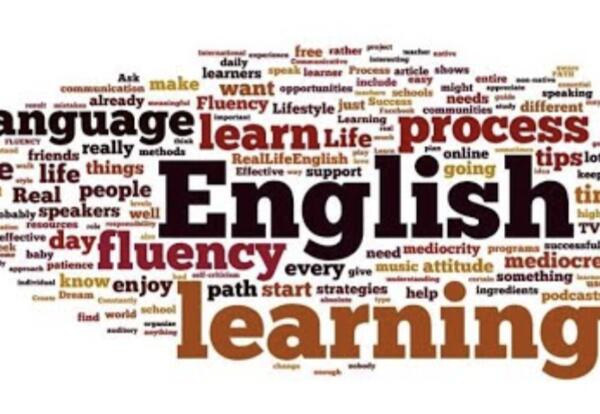As a Reading and Writing teacher for 7th graders, I have realized the importance of reading and writing correctly. After wrongly learning the structure and pronunciation of a language, it will take years to undo the mistakes that one has learned. Pronunciation affects fluency, but it does not ensure comprehension. Knowledge of meaning of words, sentence structure, and parts of speech have a great role to play in comprehension and writing.
Most of the texts are written in active voice. In an active voice sentence, the beginning part is the subject, then comes the verb. If the verb is an action verb, the subject and the verb help us find the main idea of the sentence. Let’s read the following passage:
Lions either ambush approaching prey or move carefully within striking distance. The final charge is usually less than 50 m; any further and the lion will overheat. If the prey is captured, the lion bites at the muzzle or throat to throttle it. Lions will hunt cooperatively when tackling difficult prey, such as buffalo or giraffe. But lions only occasionally cooperate when hunting prey that can easily be captured by a single lion. In such cases, pride mates typically stay back until their successful companion makes the kill.

The bolded parts of the sentences are the subjects and the verbs. Only by looking at the subject and the verb, we get a good indication that the main idea of the paragraph is ‘how do lions hunt for prey’. This strategy works especially when we skim the text before going to the questions.
How do we teach English Learners (ELs) to understand and acquire correct sentence structure? According to my experience as a teacher and as a former ESL student, a combination of deductive and inductive approach is the best way to teach correct sentence structures to ELs. A deductive approach can be used when introducing the sentence structure. Later on, the teacher can use the inductive approach to help students analyze patterns in sentence structures, thereby enabling the students to synthesize their own sentences.
What is a deductive and inductive approach? A deductive approach is more teacher-centered learning where the points of English grammar are explicitly stated to the students and then tested. Once the grammar is introduced and explained, students usually complete grammar exercises to become familiar with the pattern.
The inductive teaching approach in Teaching English to Students of Other Languages (TESOL) is a sort of discovery learning that focuses on the student. For example, an instructor might use or show a few examples of a grammar point in English, then ask students what they notice. In many cases, the grammar point might be introduced by simply engaging the students in a directed conversation. The teacher guides the students to notice the grammar pattern, and finally explicitly exposes them to it.
In the beginning of English as a Second Language (ESL) instruction, the teaching will follow cetrain steps. The teacher explains about subject/verb agreement and writes examples.
Ex. Birds fly.
Then the teacher asks the students to analyze the sentence to find parts of speech. Following this, the students are asked to synthesize same kind of sentences.
After that, the teacher can change the verb form and use singular and plural subjects to teach the subject verb agreement.
Ex. The bird flies.
Then, other forms of the verb can be added to make sentences with different tenses.
Ex.
The bird is flying.
The bird will be flying.
From this step, the teacher can go on adding other parts of the sentence structure to make longer simple sentences. Later on, sentences can be combined to form compound, complex, and compound-complex sentences.
Ms. Thomas
Middle School Teacher




